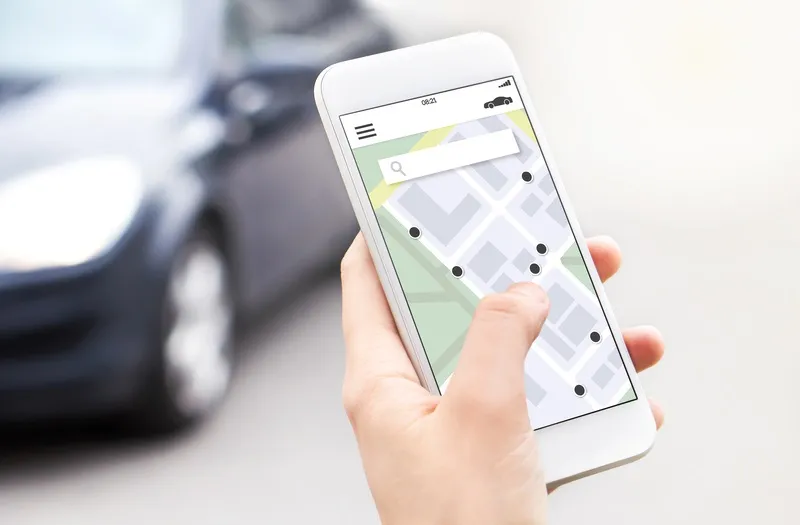Oxford University scientists have developed a self-driving car system that can be installed in existing cars and can cope with snow, rain and other weather conditions. Developed by a team led by Professor Paul Newman at Oxford University, the new system has been installed in a Nissan Leaf electric car and tested on private roads around the university. The car will halt for pedestrians, and could take over the tedious parts of driving such as negotiating traffic jams or regular commutes. The car alerts the
February 18, 2013
Read time: 3 mins
Oxford University scientists have developed a self-driving car system that can be installed in existing cars and can cope with snow, rain and other weather conditions.
Developed by a team led by Professor Paul Newman at Oxford University, the new system has been installed in a838 Nissan Leaf electric car and tested on private roads around the university. The car will halt for pedestrians, and could take over the tedious parts of driving such as negotiating traffic jams or regular commutes. The car alerts the driver when it is ready to take over - and by pressing a button on a screen, the driver can let the computer take the strain.
Newman thinks that it could be only fifteen years before self-driving systems become commonplace in cities as the price of installing the systems drops: "At present it costs about US$7,700, but we're working to reduce that to US$155," he said.
The car has been tested running at up to 80 km/h, said Newman.
Rather than using GPS navigation, which can be unreliable in cities where buildings block signals, and only accurate to a few metres, the British-developed system uses 3D laser scanning allied to computer storage to build up a map of its surroundings – which is accurate to a few centimetres.
The auto-drive system works by recognising where it is, based on a laser scanner on the front of the car, comparing its surroundings to its stored data. The Oxford system, developed through funding from the2220 Engineering and Physical Sciences Research Council, could be extended so that each car downloads data from passing cars, or over the internet via 3G and 4G connections to a central system. That would mean that the car wouldn't have to store data for the entire country at any time: "You don't go from London to Glasgow in a single hop. So as you're driving along, the car could download the new maps from the internet for the journey ahead."
Newman's team has only been working on the scheme for two years, and only received the Nissan Leaf car in September. Yet it has been able to connect the computer control systems to its steering wheel, brakes and other systems. "Cars these days are pretty much fly-by-wire – the computer controls it all," Newman said.
The computational power required to navigate is already cheaply available, as is the storage for the 3D maps that the car would use to figure out its location. "Our cities don't change very much, so robotic vehicles will see familiar structures and say 'I know this route - want me to drive?'"
But he emphasises that "it's not total autonomy for the car. It knows when things are good, and when the risks are reasonable, and then it will offer to take over." If the car can't make a match, it won't offer to drive – and the decision is always the driver's, Newman emphasised.
"What I'm really proud of is that this is British technology and British intellectual property," he said. "It shows what a British university group can do when we put our minds to it."
Developed by a team led by Professor Paul Newman at Oxford University, the new system has been installed in a
Newman thinks that it could be only fifteen years before self-driving systems become commonplace in cities as the price of installing the systems drops: "At present it costs about US$7,700, but we're working to reduce that to US$155," he said.
The car has been tested running at up to 80 km/h, said Newman.
Rather than using GPS navigation, which can be unreliable in cities where buildings block signals, and only accurate to a few metres, the British-developed system uses 3D laser scanning allied to computer storage to build up a map of its surroundings – which is accurate to a few centimetres.
The auto-drive system works by recognising where it is, based on a laser scanner on the front of the car, comparing its surroundings to its stored data. The Oxford system, developed through funding from the
Newman's team has only been working on the scheme for two years, and only received the Nissan Leaf car in September. Yet it has been able to connect the computer control systems to its steering wheel, brakes and other systems. "Cars these days are pretty much fly-by-wire – the computer controls it all," Newman said.
The computational power required to navigate is already cheaply available, as is the storage for the 3D maps that the car would use to figure out its location. "Our cities don't change very much, so robotic vehicles will see familiar structures and say 'I know this route - want me to drive?'"
But he emphasises that "it's not total autonomy for the car. It knows when things are good, and when the risks are reasonable, and then it will offer to take over." If the car can't make a match, it won't offer to drive – and the decision is always the driver's, Newman emphasised.
"What I'm really proud of is that this is British technology and British intellectual property," he said. "It shows what a British university group can do when we put our minds to it."









